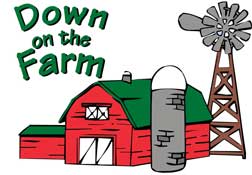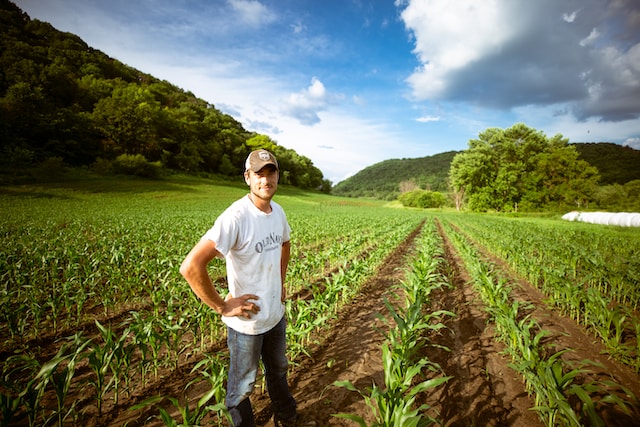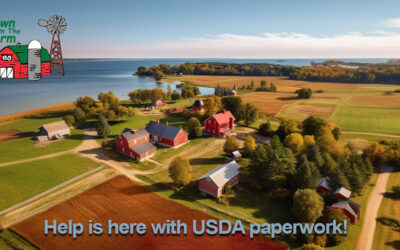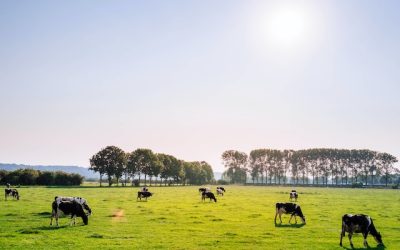USDA Programs for Farmers: A Gateway to Success
The United States Department of Agriculture (USDA) offers a wide range of programs designed to support farmers and promote agricultural sustainability. From financial assistance to technical resources, these programs serve as a gateway to success for farmers of all sizes and types. Let’s explore some of the most impactful USDA programs that can help you achieve your agricultural goals.
- Farm Service Agency (FSA) Programs
The Farm Service Agency (FSA), a division of the USDA, offers a variety of programs that provide financial assistance to farmers. These programs are designed to help farmers manage risk, access credit, and recover from natural disasters. Some of the key FSA programs include:
- Farm Ownership Loans: These loans provide funding to farmers for purchasing land, building or improving farm structures, and making permanent improvements to the farm.
- Operating Loans: Operating loans are available to help farmers cover the costs of operating their farms, including purchasing livestock, equipment, and supplies.
- Disaster Assistance Programs: The FSA offers various disaster assistance programs, such as the Livestock Indemnity Program, Emergency Conservation Program, and Noninsured Crop Disaster Assistance Program, to help farmers recover from natural disasters such as hurricanes, floods, and droughts.
By leveraging these FSA programs, farmers can access much-needed capital to invest in their operations, expand their businesses, and mitigate risks.
- Natural Resources Conservation Service (NRCS) Programs
The Natural Resources Conservation Service (NRCS) is another branch of the USDA that offers programs aimed at promoting conservation and sustainable land management practices. These programs provide technical and financial assistance to farmers to implement conservation practices on their farms. Some of the key NRCS programs include:
- Conservation Stewardship Program: This program offers financial incentives to farmers who implement conservation practices that protect natural resources, improve soil health, and enhance wildlife habitat.
- Environmental Quality Incentives Program: The Environmental Quality Incentives Program provides financial assistance to farmers for implementing conservation practices that address resource concerns such as soil erosion, water quality, and wildlife habitat.
- Conservation Reserve Program: The Conservation Reserve Program provides financial incentives to farmers for taking environmentally sensitive land out of production and converting it to conservation practices such as grasslands, wetlands, and tree planting.
By participating in NRCS programs, farmers can not only improve the sustainability of their operations but also enhance the natural resources on their land, resulting in long-term benefits for their farms and the environment.
The USDA Risk Management Education Programs offer a wide range of resources, tools, and training to help farmers and ranchers understand and manage risks related to weather events, market fluctuations, pests and diseases, production practices, financial management, and more. The programs are designed to empower farmers and ranchers with the knowledge and skills needed to mitigate risks and make informed decisions that can positively impact their operations.
Why USDA Risk Management Education Programs are Important
In today’s dynamic agricultural landscape, farmers and ranchers face numerous risks that can adversely impact their livelihoods. Unpredictable weather events, fluctuating market prices, evolving production practices, and changing regulations are just a few of the challenges that farmers and ranchers have to contend with. The USDA Risk Management Education Programs play a crucial role in helping farmers and ranchers navigate these risks and make informed decisions to protect their businesses and livelihoods.
One of the key reasons why the USDA Risk Management Education Programs are important is that they provide farmers and ranchers with access to valuable information and resources that can help them make more informed decisions. Through training sessions, workshops, online resources, and other educational materials, farmers and ranchers can learn about best practices, strategies, and tools for managing risks effectively. This knowledge empowers farmers and ranchers to implement risk management strategies that are tailored to their specific operations, leading to better decision-making and improved outcomes.
Another significant benefit of the USDA Risk Management Education Programs is that they promote resilience and sustainability in agriculture. By equipping farmers and ranchers with the skills and knowledge needed to manage risks effectively, the programs help create more resilient agricultural communities that can withstand challenges and uncertainties. This contributes to the overall sustainability of the agricultural sector, ensuring that farmers and ranchers can continue to produce food, fiber, and fuel for the nation while minimizing risks and protecting their livelihoods.




